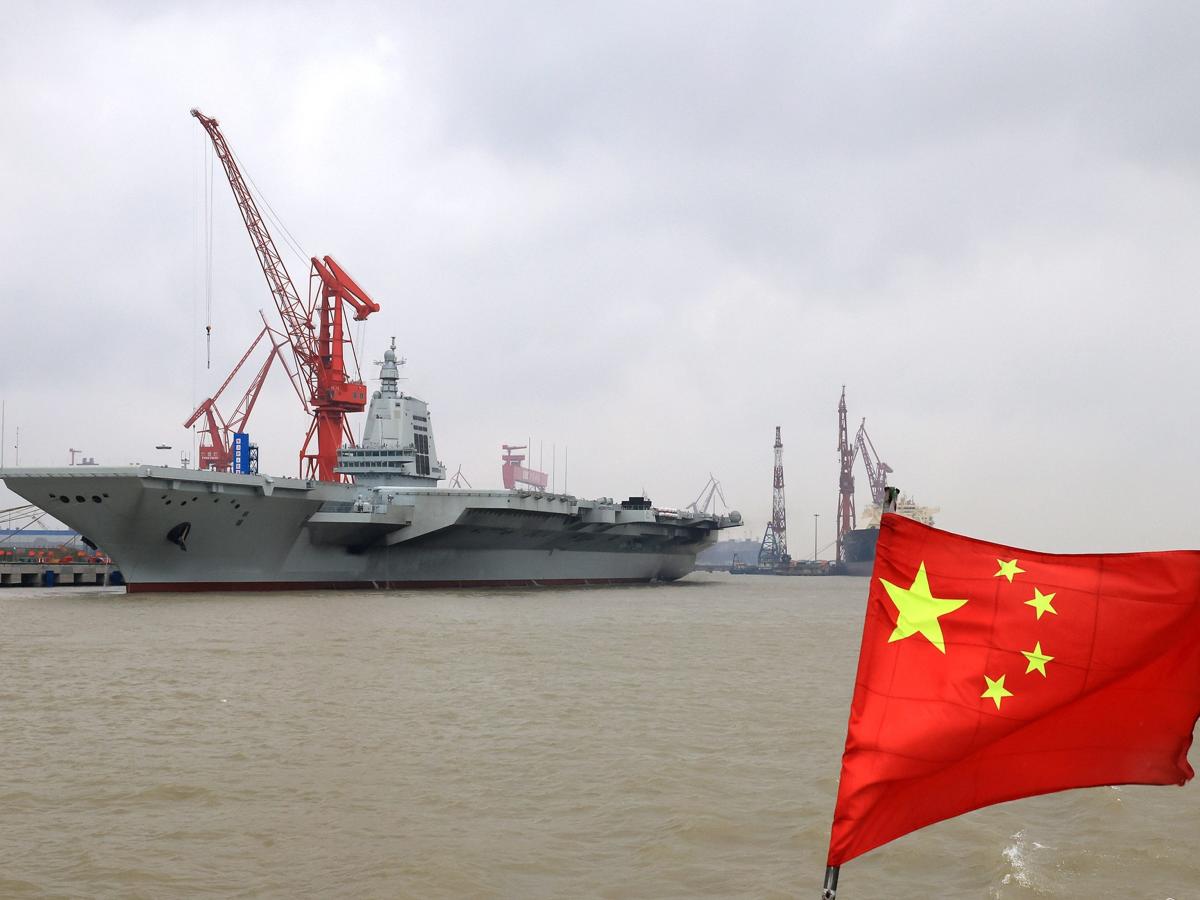-
China’s newest aircraft carrier is a significant leap in capability as it builds a modern blue-water navy.
-
Carriers are important to China’s national identity and vision as a superpower.
-
Carriers are also useful tools that China can use to address a variety of strategic and security challenges.
China is building a fleet of aircraft carriers and making technological and capability leaps at a breakneck pace.
Airlines are bringing new aviation capabilities to their navies, but the flattops also appear to be key elements of China’s vision for the future, giving the country the opportunity to project strength and influence as a major power.
China’s newest carrier is the Fujian, a large, conventionally powered ship that underwent sea trials earlier this spring. By all accounts, Fujian is a marked improvement over China’s first two airlines; it is the only warship in its class and larger than its Soviet-style predecessors, with a larger potential air wing.
Most noticeably, the Fujian lacks the ski jump-style ramp prominently featured on Chinese carriers Shandong and Liaoning. Instead, the cockpit is equipped with an electromagnetic catapult launch system, like the US Navy’s new Ford-class aircraft carriers.
For now, China and the US are the only countries with this technology, which allows them to more efficiently and effectively launch heavier aircraft with more fuel, supplies and weapons, adding new assets and options to the air wing.
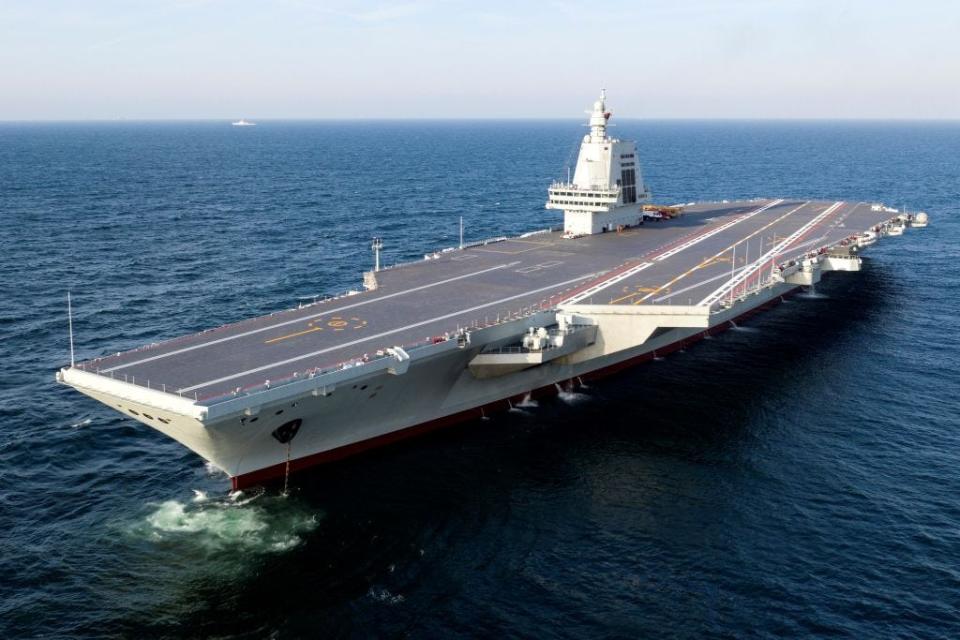
The big leap from the ski jump to the catapult system is already significant, but China has also skipped steam-powered catapults, which would have been a logical next step from the slopes.
The move shows that China is trying to push technological boundaries in building and developing new airlines, reinforcing the view that with a large shipbuilding capacity on its side, China can develop, test and field capabilities faster than its competitors.
“Now it’s slowly starting to understand what it needs to successfully launch an aircraft carrier, and you combine that with its shipbuilding skills and you have a recipe for a lot of aircraft carriers built in a short period of time,” he says. said Matthew Funaiole, a senior fellow at the China Power Project at the Center for Strategic and International Studies (CSIS).
China’s strengths in shipbuilding and political motivations to build aircraft carriers are pushing the country toward its blue-water naval future. China plans to build and deploy a total of six airlines by 2035, which would give China a fleet just over half the size of the U.S. fleet, although numbers alone don’t tell the story.
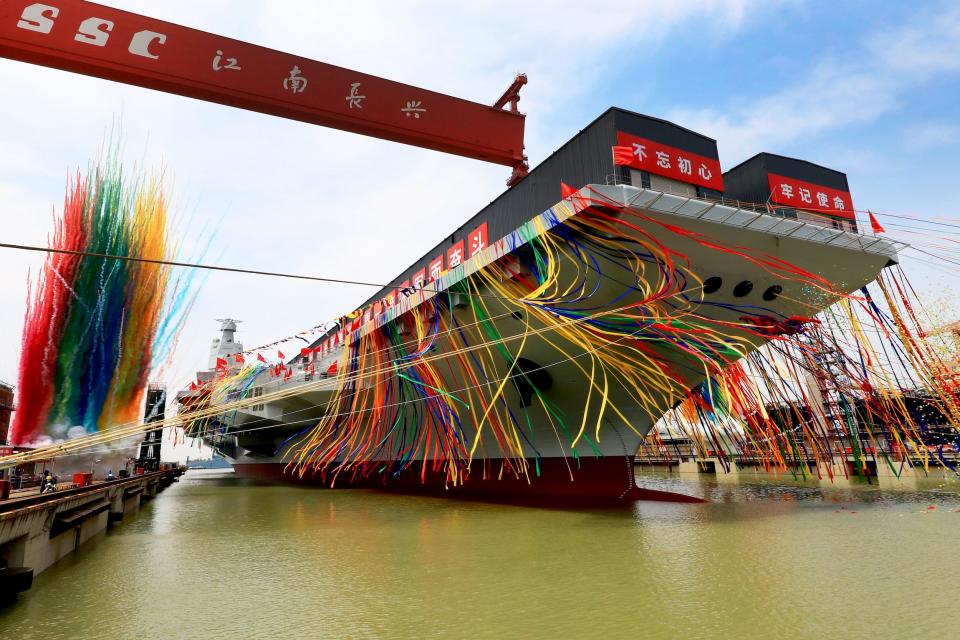

China has a roadmap for its ambitions in the coming decades. The People’s Liberation Army is expected to be fully modernized by 2027, on orders from Chinese Communist Party leader Xi Jinping, giving the country the ability to invade Taiwan if it decides to do so. And by 2049, China has goals for a national transformation into a modern power with a ‘world-class military’.
The “great rejuvenation of the Chinese nation” is a Chinese core ambition that has been interpreted in different ways. U.S. Army Major Kyle Amonson and retired U.S. Coast Guard Captain Dane Egli wrote in a 2023 article in the Journal of Indo-Pacific Affairs that this monumental Chinese effort has been “the ultimate goal for President Xi” and that the goal the “emergence of China as a leading world power in 2049.”
“In this era of strategic competition, no strategic goal is more ambitiously anticipated than the annexation of Taiwan,” they wrote, because it would “affirm Xi’s position in history” and help him consolidate greater power.
Connected to the 2049 goal, to be achieved within a hundred years of the founding of the People’s Republic of China under the Chinese Communist Party, is China’s desire “to have a maritime presence and project power globally,” Funaiole explained out, noting that while it may not be achieved in the same way as the US, China wants to be able to flex its muscles, “and aircraft carriers are a big part of how it sees itself able to achieve these goals. “
Such a future – one in which Chinese airlines sail around the world like the US Navy – is not necessarily difficult to imagine, as while China currently faces many domestic and economic challenges, it is chasing US military power with a speed and an ability that It is clearly about American officials and military leaders.


Aircraft carriers are symbols of military strength. Carrying thousands of sailors, dozens of fighter planes and often surrounded by other warships with their own capabilities, these flattops can represent a country’s far-reaching influence, becoming both a status symbol and a tool of war at sea.
For China, having aircraft carriers allows it to enjoy many of these benefits. It gives the country the ability to project power across the East and South China Seas, into the Western Pacific Ocean, further into the Indian Ocean, and possibly beyond. With that kind of physical presence, Funaiole said, China can increase its ability as a power broker in those regions.
And beyond their military purposes, airlines can provide loans for diplomacy, signaling and humanitarian aid. They can provide good communications and trade routes, but also position China favorably in regions such as the Gulf States and allow it to challenge the status of the US Navy as a guarantor of international trade.
While some of these have been lower priorities for China, the airlines are offering Beijing options.
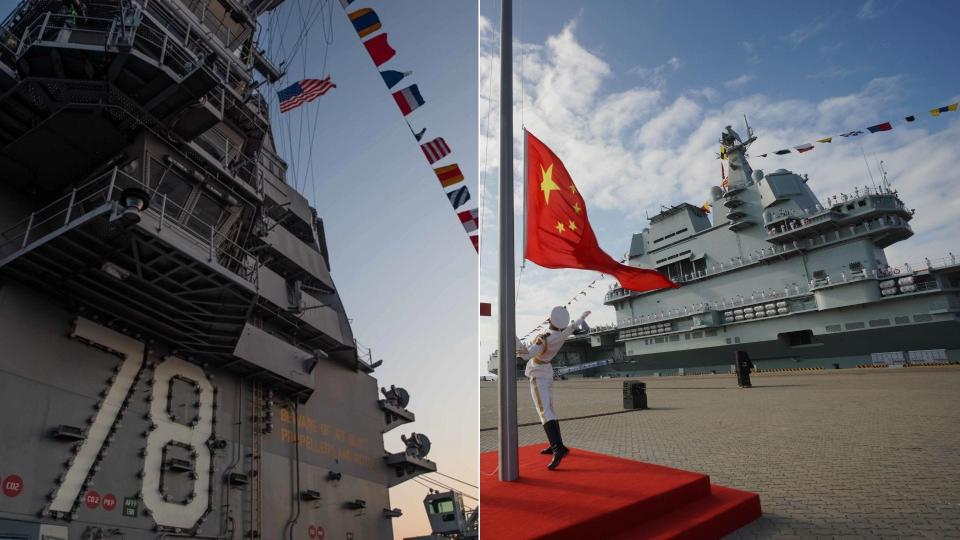

Funaiole explained that China may have a different mindset than the US about the use of its airlines, and instead wants the ability to project power when it wants and where it wants, which is different from the way the US uses its influence spreads.
For the US, carriers are just one tool that, in combination with US bases, logistics hubs, humanitarian projects and military installations in other countries, is used to create a large network of allies and partners. “The US has a very different mentality about what it is in the world than how China sees its role in the world,” Funaiole said.
Some of that may come from China’s history. As retired Cmdr. Michael Dahm of the U.S. Navy, and Peter W. Singer, a strategist at New America and author, wrote about the defeat at the 1894 Battle of the Yalu River, as well as the larger “Century of Humiliation,” for Defense One earlier this month. that followed weigh heavily on the minds of the Chinese leadership and the PLA Navy leadership.
These factors, combined with how long China plans to build aircraft carriers and how the ships reflect national pride, create a situation where the success of its aircraft carrier program is directly tied to its success in becoming a major power, if not a leading world power. .
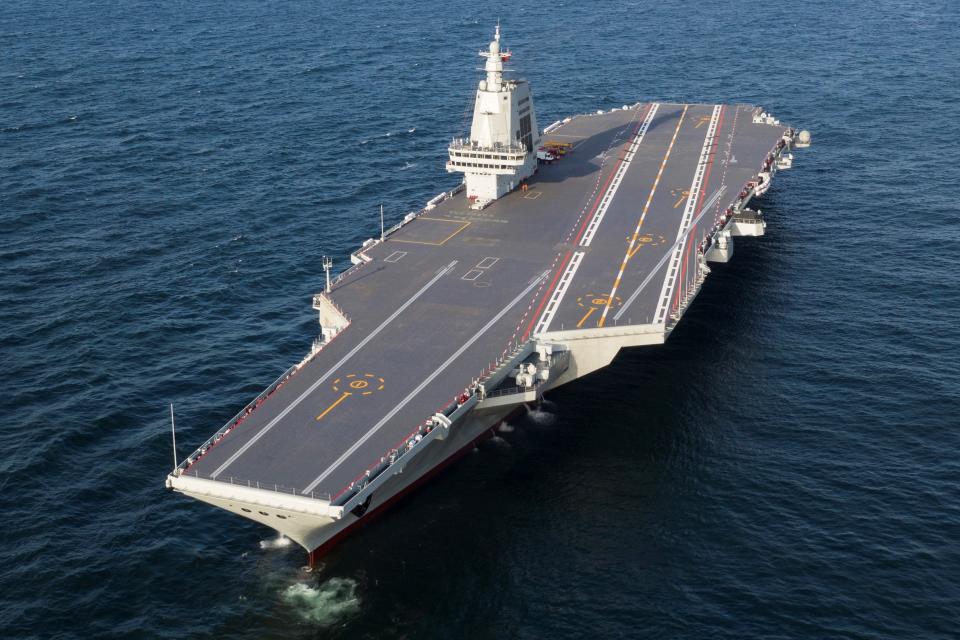

But just because China is rapidly building carriers doesn’t mean it can avoid the growing pains that come with carrier operations. China’s biggest problem will be finding the right talent and gaining the necessary experience, something the US has mastered through more than a century of aviation operations.
The Chinese Air Force is just over a decade old, meaning China’s top leaders are still getting their feet wet and may not have the expertise to train newer people. And with the technological leaps between carrier types, that learning gap is only increasing.
China can, of course, learn from the decades of trial and error in the US, but that doesn’t mean it can build what Guy Snodgrass, a former defense official and US naval aviator, described as the “connective tissue” needed to fight the war. can perform. airline operations, generating major flights and seamlessly bringing together every element, from aviation to maintenance and logistics, without actually experiencing it. Some things you can only learn by doing them.
Read the original article on Business Insider

